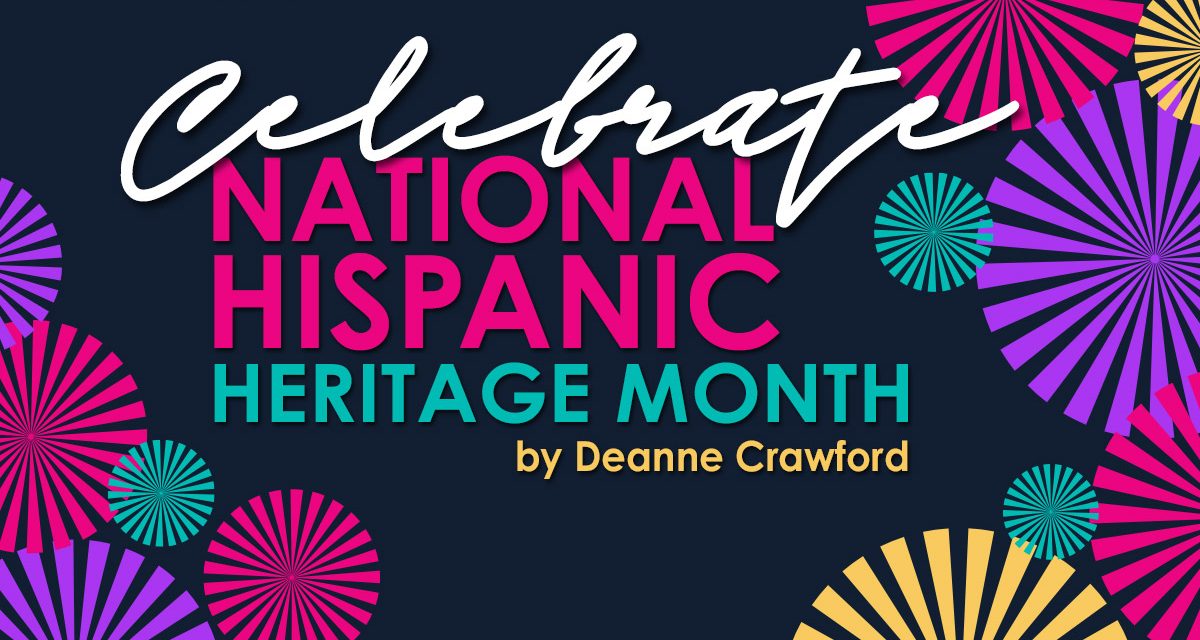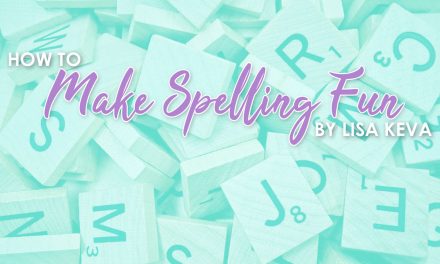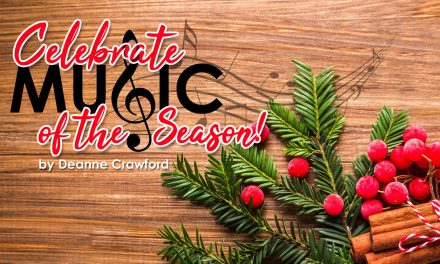In the United States, National Hispanic Heritage month is celebrated September 15-October 15. I encourage you, over the next few weeks, to introduce your children to the importance of this celebration, the culture and food of the Hispanic culture, and take time to meet important Hispanic men and women who have made an impact on the United States and the world!
Begin by watching The Juice YouTube® introduction to National Hispanic Heritage Month. Initially begun in 1968, as a one-week celebration by President Lyndon Johnson, (older students-gr. 6-12, learn more here). President Reagan expanded it to a month-long commemoration in 1988. Read a historical highlight of this important celebration at the US House of Representatives History, Art, and Archives.
Setting it apart from many other month-long celebrations, National Hispanic Month starts and ends in the middle of a month. Ask your children if they can learn the reason, we celebrate mid-month. (It is based on the dates numerous countries celebrate their independence: September 15th Costa Rica, El Salvador, Guatemala, Honduras, and Nicaragua. Sept. 16th is Mexican Independence Day, and Sept. 18 is the Chilean Independence Day.) Most know the history of the American Revolution and Independence Day. Take time to learn about the importance of these countries and their independence: Costa Rica, El Salvador, Guatemala, Honduras, Nicaragua, Mexico, and Chile.
After examining this highlight of cultures, ask your children to explain any differences between the Hispanic heritage and their own. If you are of Hispanic descent, use this time to talk about the family traditions and celebrations are rooted in your heritage. If not of Hispanic ancestry, spend time learning about the traditions, holidays, and religions of the culture: Cultural Atlas is a tremendous resource and offers a look at Spanish and Mexican cultures. You can also search by individual countries. Edsitement.com offers numerous lesson plans on the Hispanic Heritage. Another excellent resource is the PBS Lesson Plans and Activities based on their video series, Latino Americans. Parents, if unsure where to begin, take a few minutes to read through OSU’s excellent summary “Understanding the Hispanic Culture.”
Understanding culture requires a taste test! Ask your children their favorite Mexican dish. Did they say tacos? Most of us are familiar with tacos or the popular Taco Tuesday™. If you have older students or teens, introduce them to the fascinating story behind the patent and trademark battles of Taco Tuesday™. Tacos are not the only delicious dish from Hispanic culture. Chocolate, chilies, and corn originated in Mexico, and are considered staples of the Hispanic diet. Traditional hot chocolate is much different than the hot chocolate packages sold in stores. A main difference is the lack of sweetness. Watch the History of Hot Chocolate for Kids. Share what you learn. Make Mexican Hot Chocolate and compare it to your favorite hot chocolate drink. Feeling adventurous? Add chili pepper! Cayenne or Chipotle pepper compliments the chocolate flavor. Another essential food is the tortilla. In the US, we eat more flour tortillas. However, traditional Mexican recipes favor corn tortillas. While store bought corn tortillas are readily available, children will enjoy cooking them from scratch-check out this great recipe from America’s Test Kitchen- Kids. Once your tortillas are ready, use them for traditional Mexican foods like Taquitos (Flautas) or Enchiladas. Or use them with your own favorite sandwich fillings. Peanut butter, eggs, or lunchmeat taste delicious in a corn tortilla! Frijoles (common beans), usually referring to pinto beans, is a key food source in Hispanic countries. Soaking and preparing beans from scratch is an activity all ages can help with, from sorting and rinsing to the seasoning and cooking. This basic recipe is a great starter! For dessert, serve Arroz con Leche (Mexican Rice Pudding). Popular at the holidays, this dish provides a perfect ending to your meal.
You may be curious about the interchangeable use of the terms Hispanic and Latino Americans. Historically, the word Hispanic was created in the early 1970s, by the US federal government to provide a common denominator to define a large, but diverse, population from Spanish speaking cultures. While the terms Latino or Latinx (the gender-neutral form) are becoming more accepted, they mean different things. A Hispanic person is someone who comes from or is a descendant of a Spanish-speaking country. Latino/Latina/Latinx refers to a descendent from a Latin American country. A person can be both Hispanic and Latino(a)/x, but not all Latino are Hispanic.
It is widely accepted that National Hispanic Month pays honor to both Hispanic and Latino persons, a natural evolution of the original proclamation, issued by President Lyndon Johnson, “It is with special pride that I call the attention of my fellow citizens to the great contribution to our national heritage made by our people of Hispanic descent—not only in the fields of culture, business, and science, but also through their valor in battle….The people of Hispanic descent are the heirs of missionaries, captains, soldiers, and farmers who were motivated by a young spirit of adventure, and a desire to settle freely in a free land. This heritage is ours.” Expanding the commemoration to a month provided a way to honor the independence of several Latin American nations. At the very heart of the holiday is a desire to uplift and celebrate the cultural legacy of fellow Americans deeply rooted in rich traditions. Older teens may be interested in learning more at the Pew Research Center Who is Hispanic? which focuses on racial identity from a research and census perspective. Dig deeper into the history behind these terms from The History Channel.
Celebrating the men and women from Hispanic or Latino(a) heritage is integral to National Hispanic Month celebrations, and there are many prominent people worthy of mention. To start, I have selected a couple of historical significance. I encourage you to spend time studying famous Hispanic Americans.
Commissioned at the age of 9 years, David Glasgow Farragut was one of the youngest Midshipman in the U.S. Navy. Advancing quickly through the ranks, he also became the first Rear Admiral, Vice Admiral, and full Admiral in the Navy. Born James Glasgow Farragut, his father, Jorge, was a Spanish immigrant and Revolutionary War Veteran. As a young child, his parents cared for naval officer David Porter during the yellow fever epidemic, which ultimately brought on the death of James’ mother. Overwhelmed with the care of 5 young children as a single parent, Jorge Farragut accepted Commodore Porter’s offer to adopt James and raise him with his son, David Dixon Porter. The younger David Porter was a naval commander and James, drawn to the military bearing and uniform of the Porters, quickly agreed to go with them. It was during this transition that James Farragut chose to change his name to David Glasgow Farragut. Serving the US military during the War of 1812, and the Mexican-American War, he is most widely known for his role during the American Civil War, where he led the capture of New Orleans in April 1862 and the Battle of Mobile Bay in August 1864. Learn more about this military hero here.
The first Hispanic-American female astronaut was Ellen Ochoa. Her first mission was a nine-day mission aboard the Space Shuttle Discovery in 1993. This was followed by a mission on the Atlantis in 1994, and two trips to the International Space Station. She has logged nearly 1000 hours in space! Watch this short introductory NASA Biography video. Retiring as the director of the Johnson Space Center in 2018, she remains passionate about education, especially in science, technology, engineering, and math. She stresses that her goal is to not create astronauts out of all children, but to ensure children of any race, gender, and ability are given the opportunity to learn about STEM fields. After her retirement she was appointed to the National Science Board, which has given her a strong platform to continue her pursuit of excellence in science education. The National Science Board establishes the policies of the National Science Foundation and serves as advisor to Congress and the President. Ms. Ochoa also holds three patents for optical systems. Spend time learning more about this inspirational Hispanic woman by reading, “Reaching for the Stars” from the Naval Engineers Journal.
There are many prominent Hispanic Americans who are valuable to study. Here are some examples to get you started!
- Who was Cesar Chavez? lesson plans for middle and high school students from the Anti-Defamation League.
- Learn about Mario Molina and his discoveries about the ozone layer and CFCs at Scholastic Teacher (youngers) or Science History Institute.
- Nussbaum offers biographical information and activities about Roberto Clemente, the famed Puerto Rican baseball player who excelled on and off the field.
Conclude your study by reading the book Esperanza Rising. Literature guides abound to help bring out the finer nuances or check out the free online guide at Duke University Teacher’s Workshop Blog.
I hope this study has been valuable to your family. Until we meet again, continue to pursue learning even it means following a few rabbit trails!
~ Deanne





